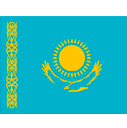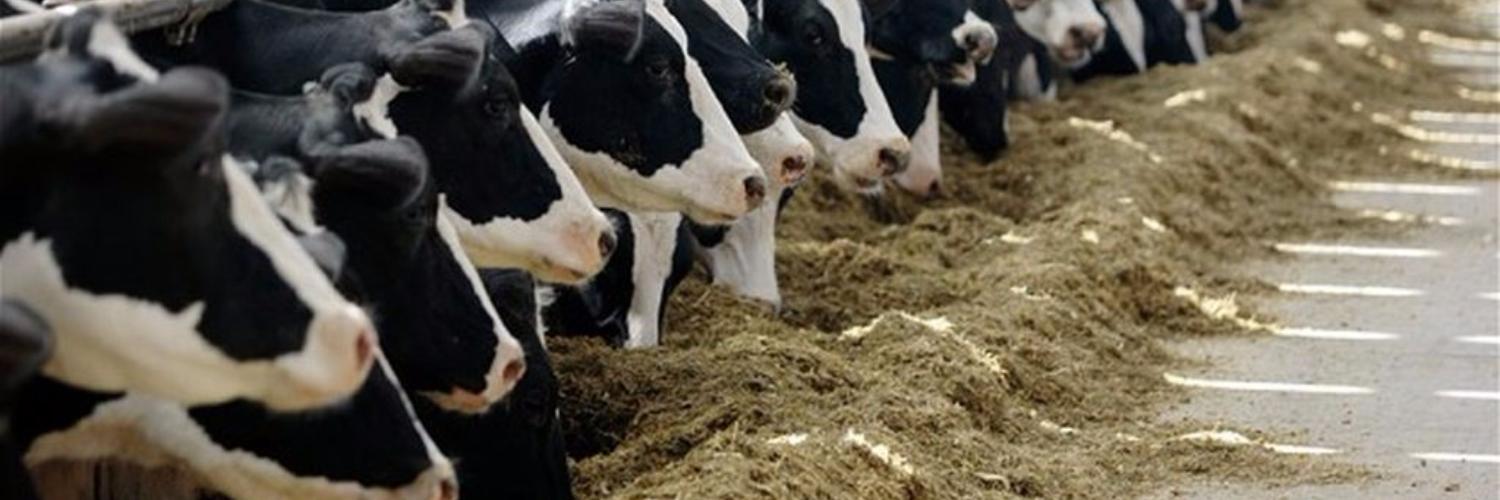It can not be denied that one of the most important periods of a milk cow maintenance is a transit one - three weeks before and three weeks after calving. At this time, the animal undergoes a combination of physiological stress caused by hormonal and metabolic changes in the body, accompanied by calving and the subsequent lactation onset. Often, the farms do not pay enough importance to this period, trying to save money on its organization.
However, such "saving" leads to the opposite effect, because non-observance of the conditions of feeding and keeping the animal during the transit period entails an entire chain of problems -Inadequate feeding during the transit period significantly increases the risk of generic and obstructive complications. Complications can be both of a gynecological nature (uterus inflammation, obstructed labor), and metabolic one (ketosis, acidosis, dairy fever, liver obesity), and often lead to a decrease in productivity, and sometimes - and the culling of the animal.
The task of feeding during the transit period
The main goal of the proper organization of an animal feeding during the transit period is a smooth transition from a low protein diet to a highly nutritious lactation feed, preparation of the gastrointestinal tract and rumen microflora to changes in the structure of the ration, stimulation of the animal's resistance properties.
During this period, special attention should be paid to the fatness of the animal - fluctuations of this indicator in any direction negatively affect both the cow and the offspring. The optimal fatness index for the transit period is 3-3.5. More well-fed animals (fatness index higher than 4.0) consume less food, which leads to the energy deficiency, leading to various metabolic disorders, up to the obesity of the liver and ketosis. On average, an increase in the fatness index for every 0.5 points increases the probability of ketosis development by almost 2 times compared with previous values.
Also, remember - the closer the calving moment, the less feed is fed to the animals. If at the beginning of the dry period the cow consumes a dry matter on average 1.8-2% of the live weight of the animal, then in the last week before calving, consumption may drop to 1.4%, while in spite of the reduced intake of animal feed, the fetus’s needs and Udder in nutrients only increase, against which metabolic disturbances related to the energy deficiency in the diet may develop.
Therefore, transitional animals should be fed only with the high-quality feed, and Do not allow a decrease in energy in the diet of fewer than 6.7 MJ per 1 kg of dry matter. To avoid this, it is recommended to introduce additional energy products, especially carbohydrate, into the diet, while the share of sugars and starch in the diet should not exceed 40%.
Features of the use of feed
Fat additives as an energy product are not the best option, especially for the well-fed animals, as this inhibits the use of their own fat stores, which can lead to liver obesity. Fatty liver, in turn, reduces the body's ability to synthesize glucose, which increases energy deficiency.
The optimal diet for cattle during the transit period Must include cereal-bean hay, silage, haylage, concentrates, while the diet moisture content should not be more than 55%.
Should be excluded from the diet. Beet pulp, bard, beer grains, because these types of food can cause abortion. In general, the structure of the cattle diet for two weeks before calving should coincide with the diet of the first days of the post-mortem period, to facilitate the animal adaptation to eating during the following lactation period.
According to some experts, rations with a high concentration of concentrates are most optimal one during the transit period. If on the first phase of feeding animals the animal can completely do with a minimum of concentrates without wasting energy and nutrients to produce milk and is completely saturated with coarse and juicy fodders, then during the transit period the amount of feeding of mixed fodders should be increased to 3.5-4 kg per day (but not More than 50% of the total dietary intake).
The grain part of the concentrates should be presented by feeds with the easily accessible carbohydrates (barley, oats, wheat). The increase in the input of concentrates will not only allow the animal to consume the necessary amounts of mixed feed without further problems but will also provide the developing fetus with the necessary amount of nutrients and strengthen the animal's organism before the delivery. Also, the quality of the colostrum depends on the quality of the cow's feeding during the last prenatal week.
During the transit period, both underfeeding and overfeeding are dangerous. An increased level of feeding can cause the early milk synthesis, which can lead to a whole range of problems - mastitis, paresis, labored calving, gynecological and metabolic disorders, and even culling of the animal. It should be kept in mind that the cows’ need for vitamins, macro- and microelements increases during this period - not only the health of the cow itself but the offspring also depends on their content in the forage.
So, the lack of minerals can lead to demineralization of the body, which adversely affects both the health of the cow and the level of further milk production, and reduces the viability of the young. Vitamins A, D, and E, vitamins A, D and E are the most important during this period, and selenium is the most important regulator of vitamin E metabolism. Often the feed contains the insufficient amount of these substances, therefore it is recommended to add them to the diet with premixes.
So, an additional introduction to the diet:
- Vitamin A helps to eliminate problems associated with delayed afterbirth, increase the viability of young animals;
- Vitamin D, as the main regulator of calcium-phosphorus metabolism, reduces the risk of the calcium imbalance and dairy fever;
- Vitamin E and selenium significantly reduce the gynecological problems, such as uterine infections, ovarian dysfunction.
In addition to proper feeding, it is important to organize the feeding process of pregnant animals correctly. So, in this period it is recommended::
- Ensure the optimal conditions for the microclimate - humidity, indoor temperature, establish ventilation;
- Minimize stresses, such as fodder (untimely distribution of feed, difficult access to fresh clean water), and social (animals with low hierarchical status should also satisfy their needs as well as with high one),
- Provide a sufficient level of animal's exercise.
The approach to feeding and keeping cows during the transit period should be comprehensive and take into account both the feeding characteristics and the content of the feed since the technological mistakes made at this time will significantly affect the animal's health and the level of its productivity in further lactation.
A properly organized transit period stands for not only cow health and high milk yield but also healthy calves.
A source:agrovesti.net



